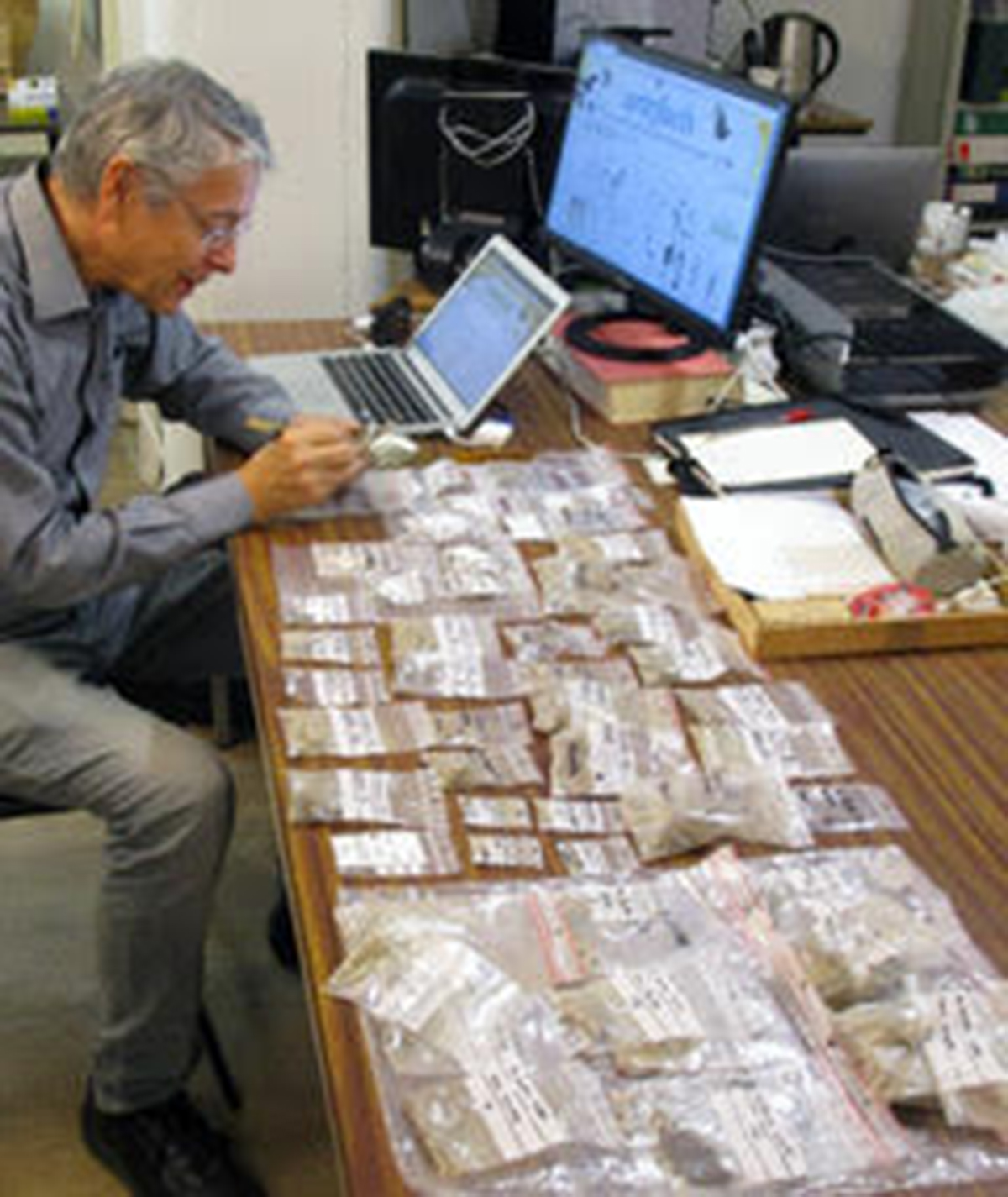When curiosity and determination help uncover the world’s oldest painted cave.
 Located in the Ardeche department of southern France, the decorated cave of Chauvet boasts a thousand paintings and engravings dating back between 28,000 and 36,000 years, making them some of the oldest in the world. The various drawing techniques (perspective, dimming and narrative scenes) and materials used (orange and red ochre, charcoal) challenge our knowledge of prehistoric art, the development of which no longer appears as linear or slow as it was thought to be until now. This is a major discovery in prehistoric cave art, with two paintings frescoes twice as old as the Lascaux ones depicting over 80 felines and numerous rhinoceroses, a precious testimony of the history of mankind.
Located in the Ardeche department of southern France, the decorated cave of Chauvet boasts a thousand paintings and engravings dating back between 28,000 and 36,000 years, making them some of the oldest in the world. The various drawing techniques (perspective, dimming and narrative scenes) and materials used (orange and red ochre, charcoal) challenge our knowledge of prehistoric art, the development of which no longer appears as linear or slow as it was thought to be until now. This is a major discovery in prehistoric cave art, with two paintings frescoes twice as old as the Lascaux ones depicting over 80 felines and numerous rhinoceroses, a precious testimony of the history of mankind.
Although unexpected, the discovery of the cave of Chauvet had nothing to do with chance. It was made possible because of the discoverer’s persistence when in the late afternoon of December 18th 1992, he set his mind to go back to the cirque of Estre despite the moral and physical tiredness of his two fellow cavers. Persistence turned into obstinacy when they discovered a slight breeze coming out of a pile of fallen rocks inside a small gallery that had already been explored countless times and which could be, for all they knew, just another draught.
 But to make sure, they crawled down with a hammer and pickaxe, breaking rocks and clearing obstructions for several hours hoping to squeeze into a narrow tunnel and find something. Eventually, after many contortions and grazes, they came out on an overhang overlooking what seems to be a deep, large cavity. After those three hours moving forward, they had to turn round and make their way back to the car in order to fetch a rope ladder. At this point, the three friends pondered: must they go back now, when it’s already dark and getting cold? They did go back.
But to make sure, they crawled down with a hammer and pickaxe, breaking rocks and clearing obstructions for several hours hoping to squeeze into a narrow tunnel and find something. Eventually, after many contortions and grazes, they came out on an overhang overlooking what seems to be a deep, large cavity. After those three hours moving forward, they had to turn round and make their way back to the car in order to fetch a rope ladder. At this point, the three friends pondered: must they go back now, when it’s already dark and getting cold? They did go back.
Their curiosity, their craving to uncover something unknown (links between underground networks or maybe even bones), and to abscond from the present (going deeper and deeper into geological layers being like going back in time: all these motivations are very much alike those of archaeologists. Even if equipment, techniques and environments differ. Beyond its athletic and exploratory nature, speleology may very well be driven by a strong desire for scientific discovery and understanding of ancient times.
There are two different words used in the English language: speleology (science-oriented) and caving (sports-oriented). By making their way through hard-to-reach areas, speleologists can be privileged observers of the traces of ancient men and records of life’s history. Sheltered from light and from the damages of time, cavities are natural capsules which preserve precious remains and their timestamps. Indeed their size and isolation make research easier.
 But the treasure being the oldest decorated cave ever discovered, drastic access restrictions must be put in place in order to avoid any outside contamination. Only about a hundred people are granted access to the site every year. Scientists must sign a behaviour agreement and walk around footbridges in supervised groups of maximum 5 people. This is the paradox of the Chauvet cave. Until new technologies enable us to scan through rocks, this legacy to human life from two very ancient eras of History will never be thoroughly explored, nor will archaeologists ever be able to dig in its grounds or walls.
But the treasure being the oldest decorated cave ever discovered, drastic access restrictions must be put in place in order to avoid any outside contamination. Only about a hundred people are granted access to the site every year. Scientists must sign a behaviour agreement and walk around footbridges in supervised groups of maximum 5 people. This is the paradox of the Chauvet cave. Until new technologies enable us to scan through rocks, this legacy to human life from two very ancient eras of History will never be thoroughly explored, nor will archaeologists ever be able to dig in its grounds or walls.
Sources: Collectif, Speleology entry, (sd). in: Wikipedia. Consulted August the 20th, 2019 from https://en.wikipedia.org/wiki/Speleolog – Eliette Brunel, Jean-Marie Chauvet and Christian Hillaire, La découverte de la grotte Chauvet-Pont d’arc, Éditions Equinoxe, 2014 – François Jovignot, Étude des aptitudes, des motivations, des profils socio-démographique des spéléologues, Thèse de 3e cycle soutenue à l’Université de Bourgogne UFR STAPS, Dijon, 1997






